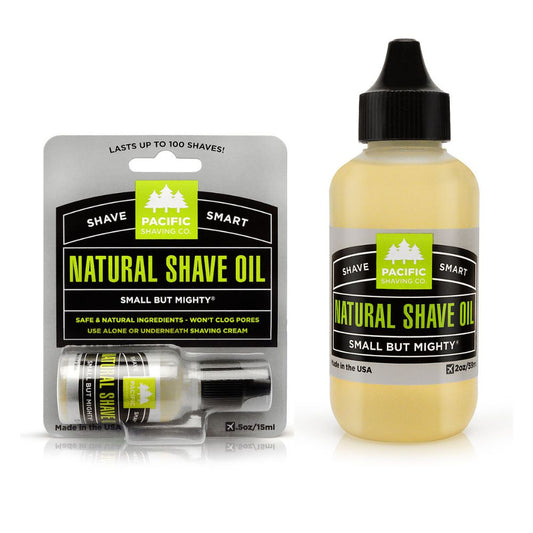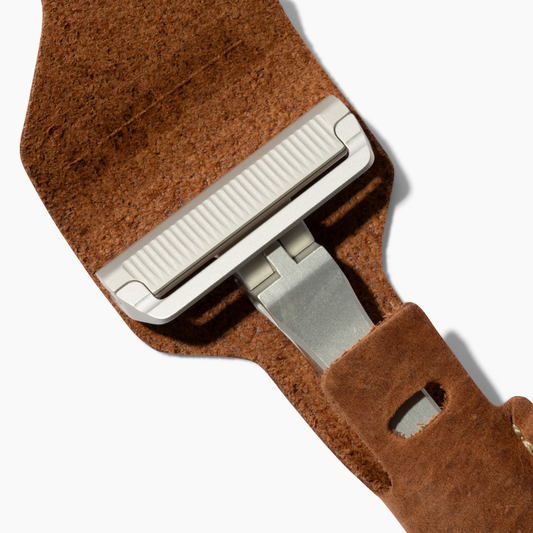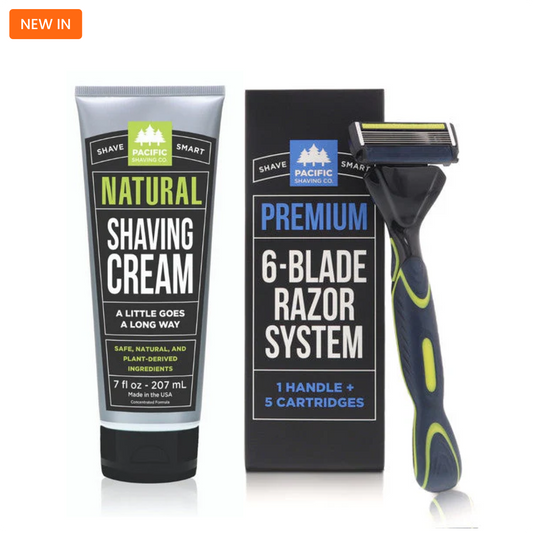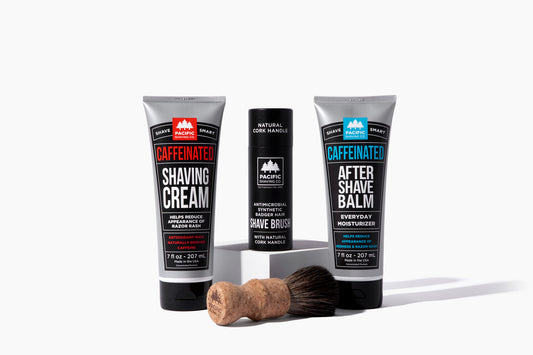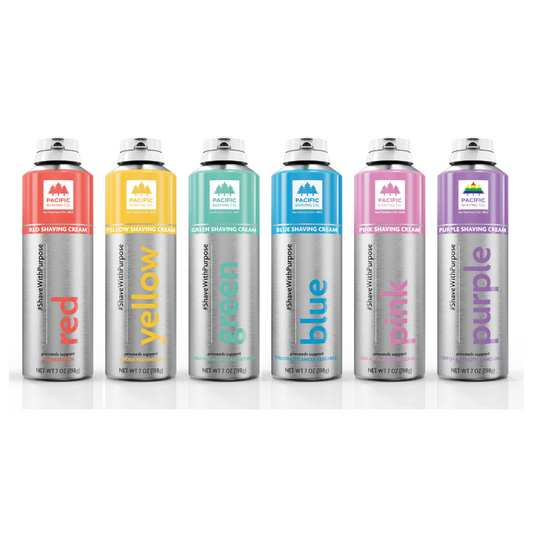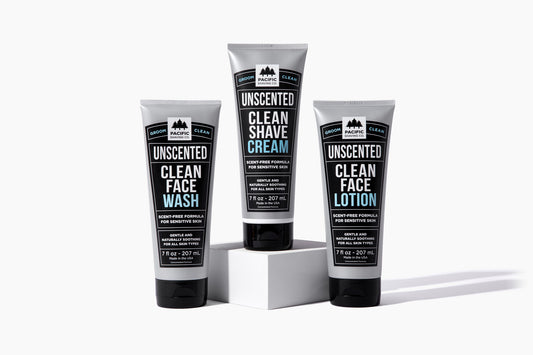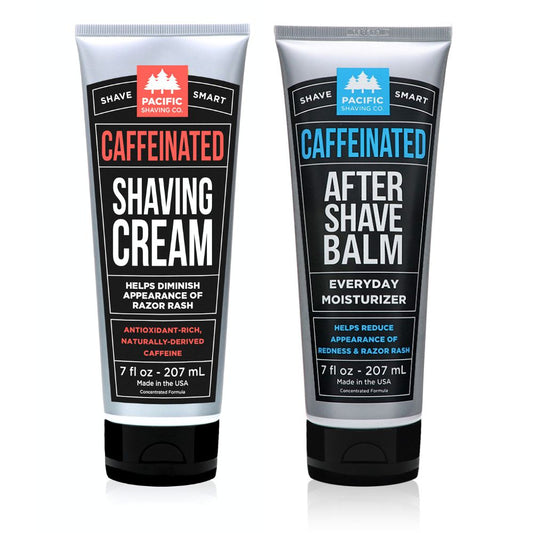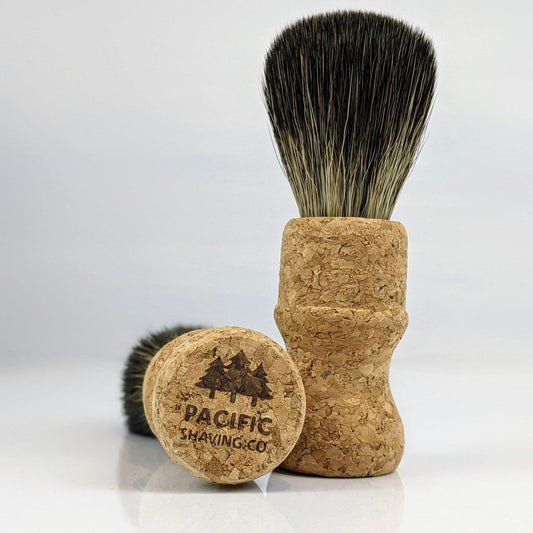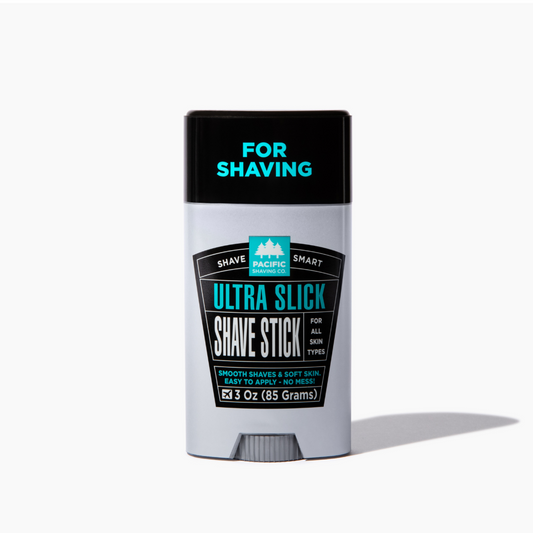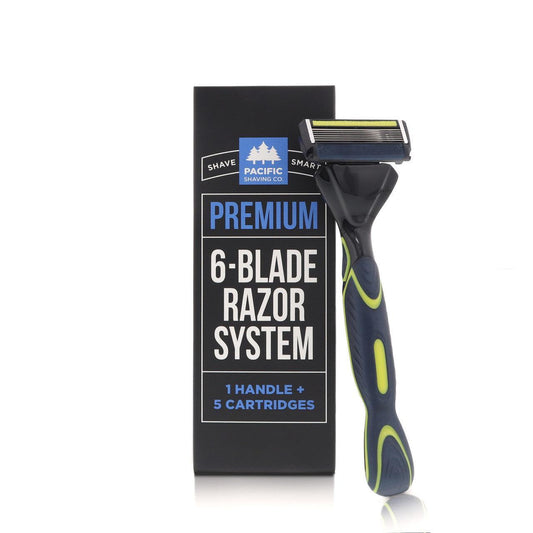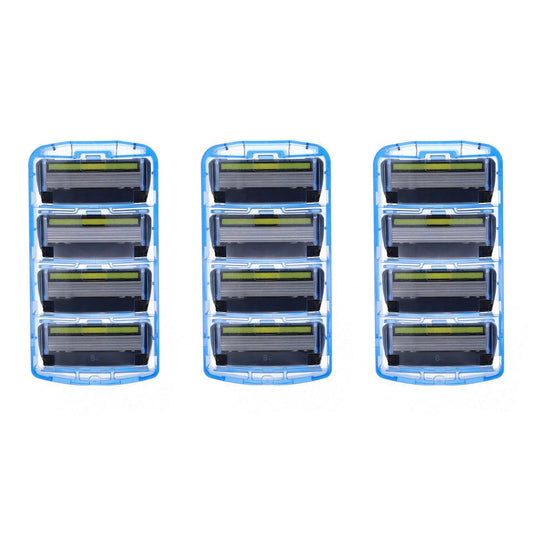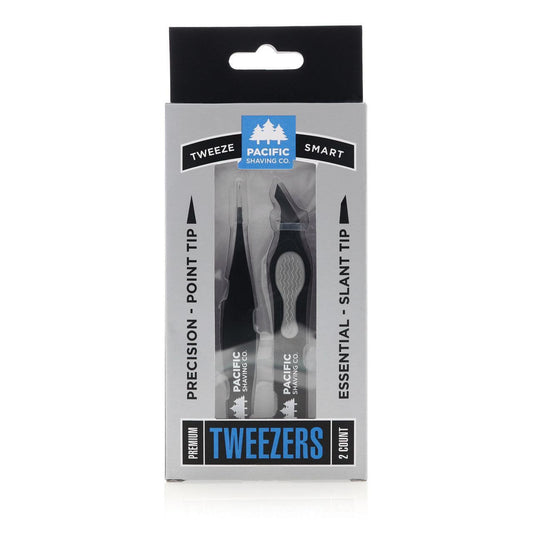Have you ever wondered what goes into the formulation of your favorite shaving cream and why certain ingredients are commonly used? Two key ingredients frequently found in shaving creams are stearic acid and myristic acid. In this blog post, we'll explore what stearic acid and myristic acid do in shaving creams, why they are so often used, and the safety of these ingredients.
Understanding Stearic Acid and Myristic Acid
Before delving into their roles in shaving creams, let's get acquainted with stearic acid and myristic acid.
The Functions of Stearic Acid and Myristic Acid in Shaving Creams
Shaving creams are formulated to provide a smooth and comfortable shaving experience while protecting the skin. Stearic acid and myristic acid play crucial roles in achieving these objectives:
-
Lubrication:
One of the primary functions of these fatty acids is to act as lubricants. When applied to the skin, they help the razor glide smoothly, reducing friction and preventing irritation or razor burn. This lubrication is vital for a comfortable shave. -
Emulsification:
Shaving creams are water-based products, and fatty acids like stearic acid and myristic acid are used as emulsifiers. They enable the blending of oil-based and water-based ingredients, creating a stable and creamy consistency. This emulsion ensures that the cream doesn't separate into oily and watery layers. -
Thickening:
Stearic acid and myristic acid contribute to the thickening of shaving creams. Their solid nature at room temperature adds body and creaminess to the product, allowing it to stay in place on the skin and provide a rich lather. -
Moisturization:
These fatty acids have mild moisturizing properties, helping to hydrate the skin during the shaving process. This moisture retention can reduce dryness and discomfort often associated with shaving. -
Stability:
Stearic acid and myristic acid act as stabilizers, prolonging the shelf life of shaving creams by preventing the growth of harmful microorganisms. -
Lather:
Myristic acid, in particular, contributes to the foaming quality of shaving creams. It helps create a thick and luxurious lather that softens the hair and prepares it for shaving.
Why Stearic Acid and Myristic Acid Are Commonly Used
Several factors contribute to the widespread use of stearic acid and myristic acid in shaving creams:
-
Skin Compatibility:
These fatty acids are generally well-tolerated by most skin types, making them suitable for a broad range of consumers. They are unlikely to cause allergies or skin sensitivities. -
Texture and Consistency:
Stearic acid and myristic acid impart a desirable texture and consistency to shaving creams, creating a creamy, luxurious feel that shavers love and appreciate. -
Lubrication:
Their lubricating properties ensure a smooth and comfortable shave, reducing the risk of nicks and irritation. -
Emulsifying Ability:
The ability to blend oil and water-based ingredients is crucial in formulating stable shaving creams with a uniform texture. -
Longevity:
Stearic acid and myristic acid help extend the shelf life of shaving creams, ensuring that the product remains effective over time.
The Safety of Stearic Acid and Myristic Acid in Shaving Creams
The safety of ingredients used in all Pacific Shaving Company products is a paramount concern. Stearic acid and myristic acid have a generally recognized safety profile in cosmetics and skincare. They are considered safe when used as directed in shaving creams and other topical products.
As with any skincare or grooming product, it's advisable to perform a patch test before using a new shaving cream, especially if you have sensitive or reactive skin. This helps identify any potential allergies or sensitivities to specific ingredients.







